

From the administrative center of Lao Cai province, we went up Suoi Giang, now in Van Chan commune, a distance of more than 80 km. Leaving the city while it was still foggy, the road was easy, the higher we went, the more the scenery opened up, green like a painting. Layer upon layer of tea hills, white clouds hung down, sometimes seeming to cover the whole village in the early morning.

It had been drizzling all last week, but the day I went to Suoi Giang, the weather seemed to please me. The sun had just risen and shone brightly on the gray-brown wooden roofs, the light passed through the canopy of the ancient tea trees, shining on the dew drops still clinging to the leaves. The most impressive thing was the mossy wooden roofs. That space brought a quiet, peaceful feeling rarely seen in crowded tourist destinations.

Suoi Giang is located at an altitude of 1,371 meters above sea level, cool all year round. Mr. Hai Son - my companion on this trip, who worked for many years at the Cultural, Sports - Communication Center of Van Chan district (old) shared:
In Suoi Giang, one day has all four seasons. Early morning is misty, noon is sunny and cool, afternoon is golden like pouring honey, night is chilly. The air is no less than Sa Pa or Da Lat.
That saying makes me even more eager to explore the nature and people of this land.
Suoi Giang is not as noisy and crowded as Ta Van or Ta Phin. This place mainly welcomes domestic tourists, small groups, young backpackers or families who want to relax. Among many accommodations, we stopped at Suoi Giang Sky Gate, a homestay located at the highest point in the area. This is a complex of accommodation, cuisine, and outdoor activities, aiming for a green and nature-friendly experience.

Suoi Giang Sky Gate currently has a capacity of nearly 100 guests, including private rooms and communal houses. Mr. Trung added: “Guests mainly come on weekends and holidays. Weekdays are less crowded, perhaps because Suoi Giang is still a new destination for many people.”

The day we arrived was midweek, and there were only two other groups of tourists staying. Bui Nhat Vinh, a tourist from Hanoi, shared: “I have been to many places, but Suoi Giang gives me a special feeling. The scenery is beautiful, the roads are easy to travel, the nature is still pristine, not yet commercialized. Everything here makes people feel relaxed.”

When talking about Suoi Giang, we cannot help but mention ancient tea trees. Mr. Sung A Thong, an officer of the Department of Culture and Society of Van Chan commune and also a son of Suoi Giang, led me to a garden with tea trees several hundred years old, with rough trunks covered with moss, standing tall as witnesses of time in the green forest.

Mr. Thong said: The local people tell a legend that there was a Mong couple who went to the fields. One day, the wife had a stomachache in the middle of the forest. The husband picked a bitter-tasting leaf and boiled it in water for his wife to drink, and she was cured. Since then, people have widely used tea trees for medicine and drinking. Tea trees are closely associated with Suoi Giang. Tea trees thrive in the cold climate and rocky mountain soil, giving them a unique flavor that cannot be found anywhere else.

After walking around the garden, we stopped by “Suoi Giang Tea Cultural Space” to enjoy tea. The young girl Bich Ngoc introduced herself as the tea master (the person who makes tea) and the tea lady (who assists the tea master in serving cups to guests) welcomed us with warm smiles. The small tea room has a small fire, with 4 types of tea introduced by the tea master: white tea, yellow tea, green tea, black tea. The types of tea are classified by the fermentation and harvesting methods.

We were treated to black tea, a type of tea that was said to be good for women’s health and beauty. The tea lady handed out cups, one long and one short, while the tea master performed each step: heating the pot, adding tea, pouring in water to cool it down… Each step was done meticulously and slowly.

“First water, second tea, third brewing, fourth teapot” the tea master said, as a guide to the tea drinking experience. “The water is taken from the source, boiled and then cooled by “tong dieu thuy” so the combination of ancient Shan Tuyet tea and the water source will bring a unique flavor to Suoi Giang tea”, the tea master shared.
We enjoyed the tea as instructed by the tea master. The tea aroma was light and the taste gradually became stronger as we sipped. In that moment, I felt that the tea was no longer water, but the care and embrace of the mountains and forests in each leaf bud to bring a special flavor.

It was more interesting to hear Ms. Nguyen Thu Hang, manager of the “Tea Culture Space”, say: “Suoi Giang Tea has been certified as a 4-star OCOP. Almost all visitors who come here also bring back a few boxes as gifts.”

In “Suoi Giang Tea Cultural Space”, Mr. Sung A Thong shared: “Suoi Giang has more than 10 households running homestays, but the potential has not been fully exploited.

Not only ancient tea, Suoi Giang also owns many unique destinations such as Thien Cung cave, Coc Tinh, waterfalls hidden in the deep forest, green mountainsides inviting for trekking, picnicking and exploring nature. In particular, the cool climate all year round is an ideal condition for Suoi Giang to develop sustainable resort, healing and community tourism.
Suoi Giang is still a rough gem. The important thing is how to develop in the right direction, maintain identity, preserve tea trees, and preserve the lifestyle of the Mong people.
Mr. Thong added: "We hope that visitors come here not only to sightsee and drink tea, but also to understand and appreciate a land with many unique cultural features."
In the context of the tourism industry moving towards green values and environmental protection, Suoi Giang is considered an ideal choice, where tourists do not look for flashy things, just need enough quiet to listen to the sound of the wind through the tea hills and sip a cup of tea to understand more about the land and the people.

I left Suoi Giang after contemplating and breathing in the coolness of the ancient tea trees and the wind. The scent of tea mixed in the wind and the moss-covered wooden roofs were still there. People still call Suoi Giang “the second Sa Pa”, but I believe that this place is a unique Suoi Giang, with clouds, ancient tea, cool climate and simple people in the middle of the forest. I have added a small dot to my travel experience to introduce to friends near and far - a Suoi Giang as beautiful as a love song between mountains and tea.
Source: https://baolaocai.vn/ban-tinh-ca-giua-nui-va-tra-post649856.html


![[Photo] "Ship graveyard" on Xuan Dai Bay](https://vphoto.vietnam.vn/thumb/1200x675/vietnam/resource/IMAGE/2025/11/08/1762577162805_ndo_br_tb5-jpg.webp)









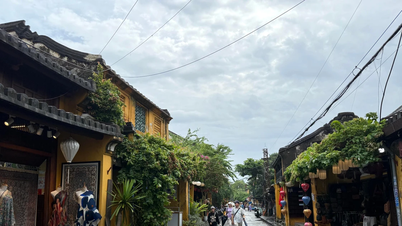



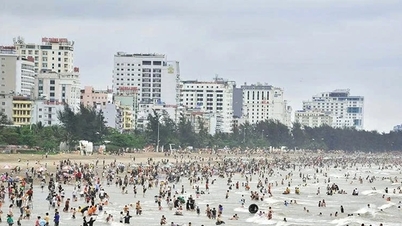




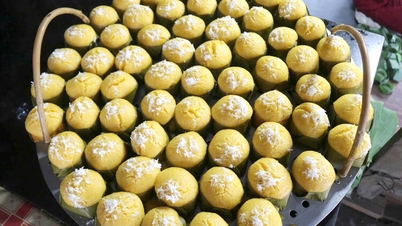

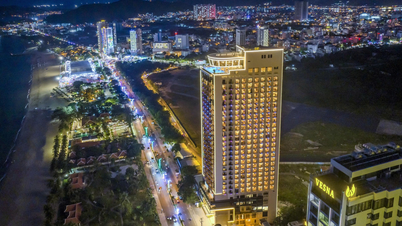

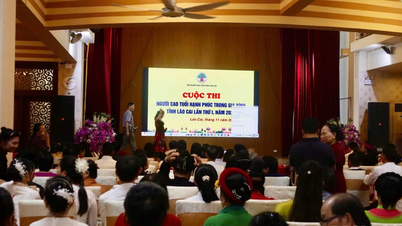





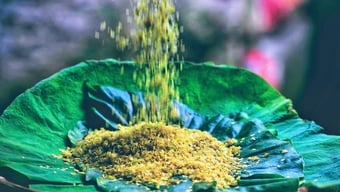


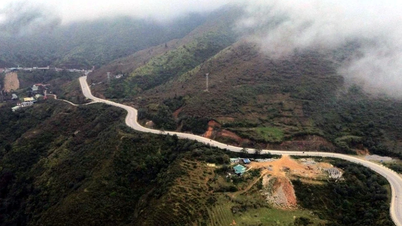


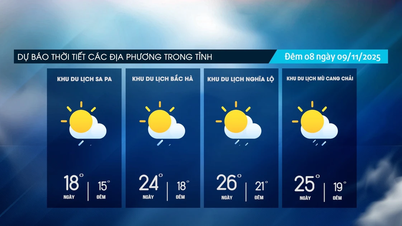

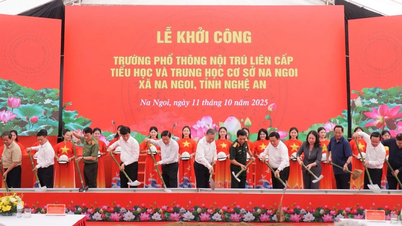




![[Video] Hue Monuments reopen to welcome visitors](https://vphoto.vietnam.vn/thumb/402x226/vietnam/resource/IMAGE/2025/11/05/1762301089171_dung01-05-43-09still013-jpg.webp)


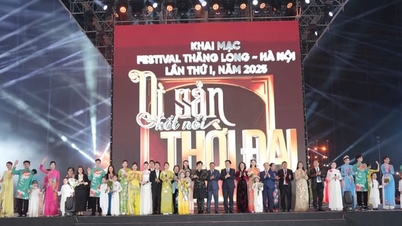



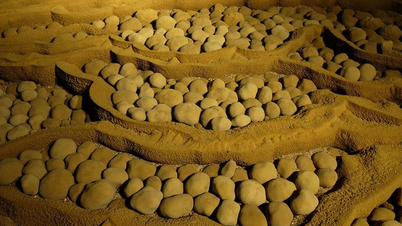










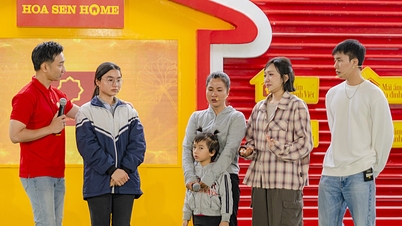























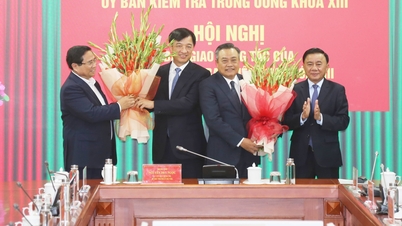






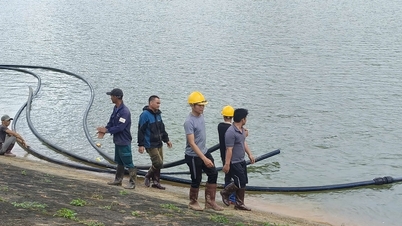
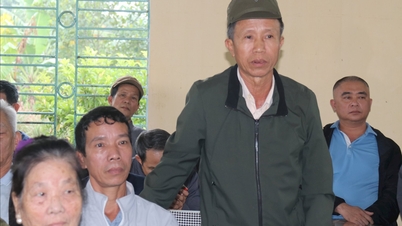



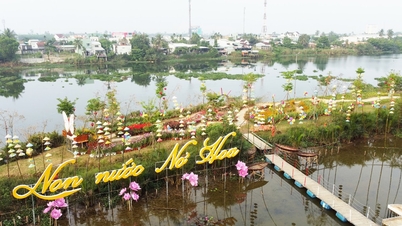












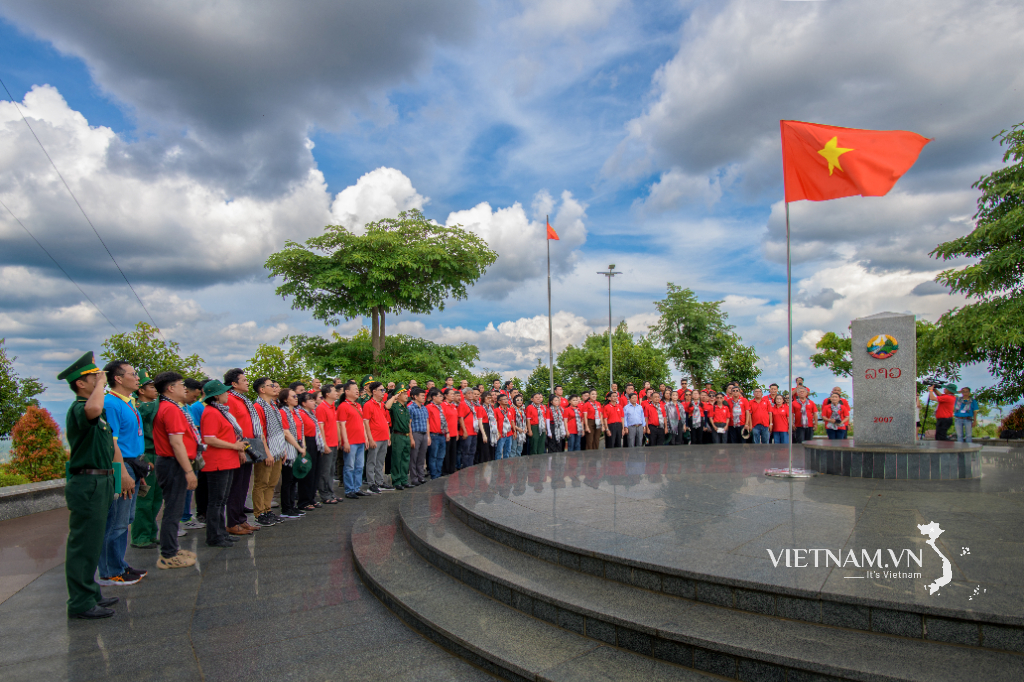

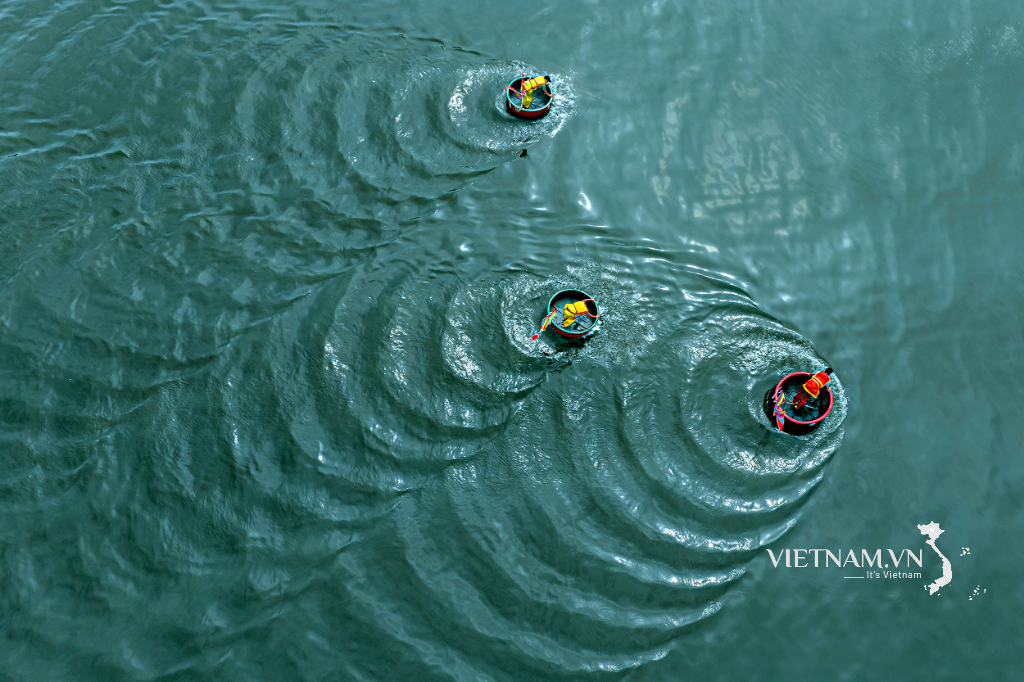

Comment (0)